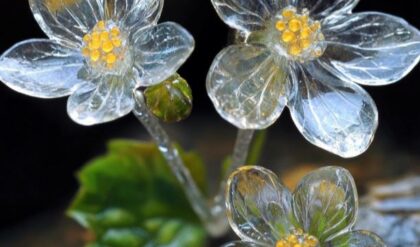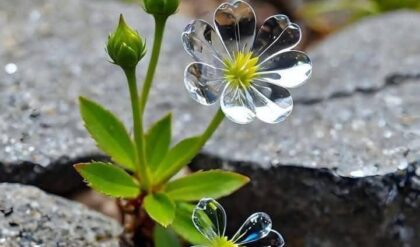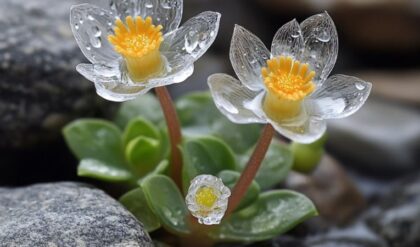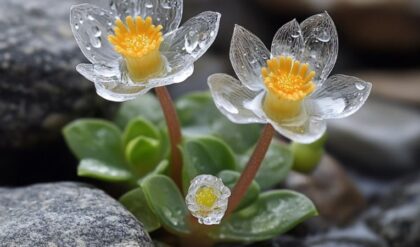Growing a magnolia tree from seed is not just an act of gardening; it’s a journey into the quiet elegance of nature. These magnificent trees, known for their stunning flowers and fragrant blooms, have captured human hearts and landscapes alike. To embark on this endeavor, one must traverse various steps that span patience, care, and a genuine appreciation for what these botanical wonders can offer.
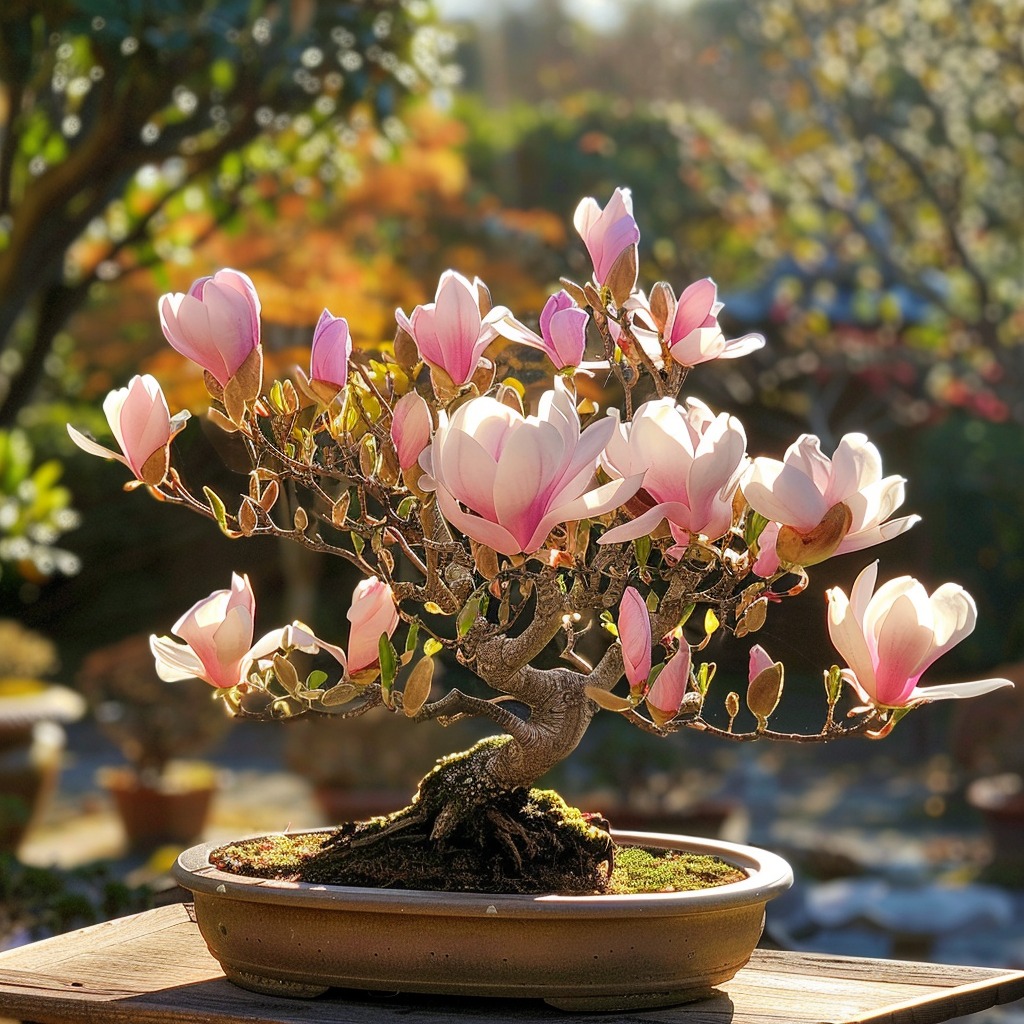
Understanding Magnolia Seeds: Nature’s Little Treasures
Magnolia seeds are unique in both appearance and behavior. They often come tucked away within luscious cones that gradually release their contents when conditions are right. Collecting these seeds can be akin to treasure hunting—seeking out those cones that are beginning to open up. This stage signals that the seeds are ready for harvest and can be nurtured toward blossoming into one of nature’s most beautiful offerings.
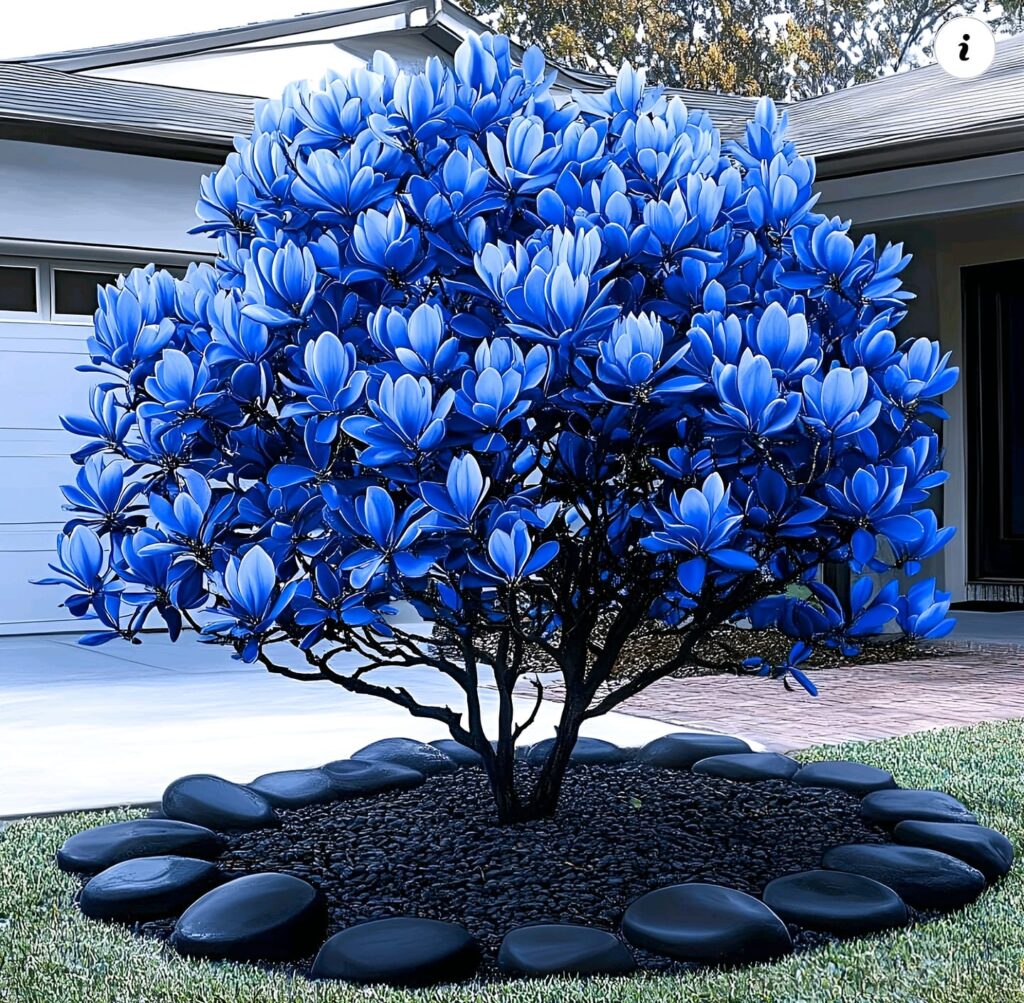
Identifying Magnolia Seed Pods
Magnolia seed pods are distinctive in their appearance, resembling cones or rose-like structures. They typically start out green and gradually transition to a deep, rich brown as they mature. The pods will begin to open up, revealing the hidden seeds within.
- Pay close attention to the seed pods on your magnolia tree, as they will provide a clue as to when the seeds are ready for collection.
- Look for pods that are starting to split open or have a few seeds already beginning to emerge. This is the ideal time to gather them for planting.
Collecting and Storing Magnolia Seeds
Gathering the seeds requires a delicate touch and a keen eye. Gently remove the pods from the tree, being careful not to damage the seeds inside. Once collected, the seeds can be stored in a cool, dry place until you’re ready to begin the stratification process.
- Place the seeds in a breathable container, such as a paper bag or an airtight container with some air holes. This will help prevent mold or fungal growth.
- Store the seeds in a refrigerator or other cool, dark location until you’re ready to plant them.
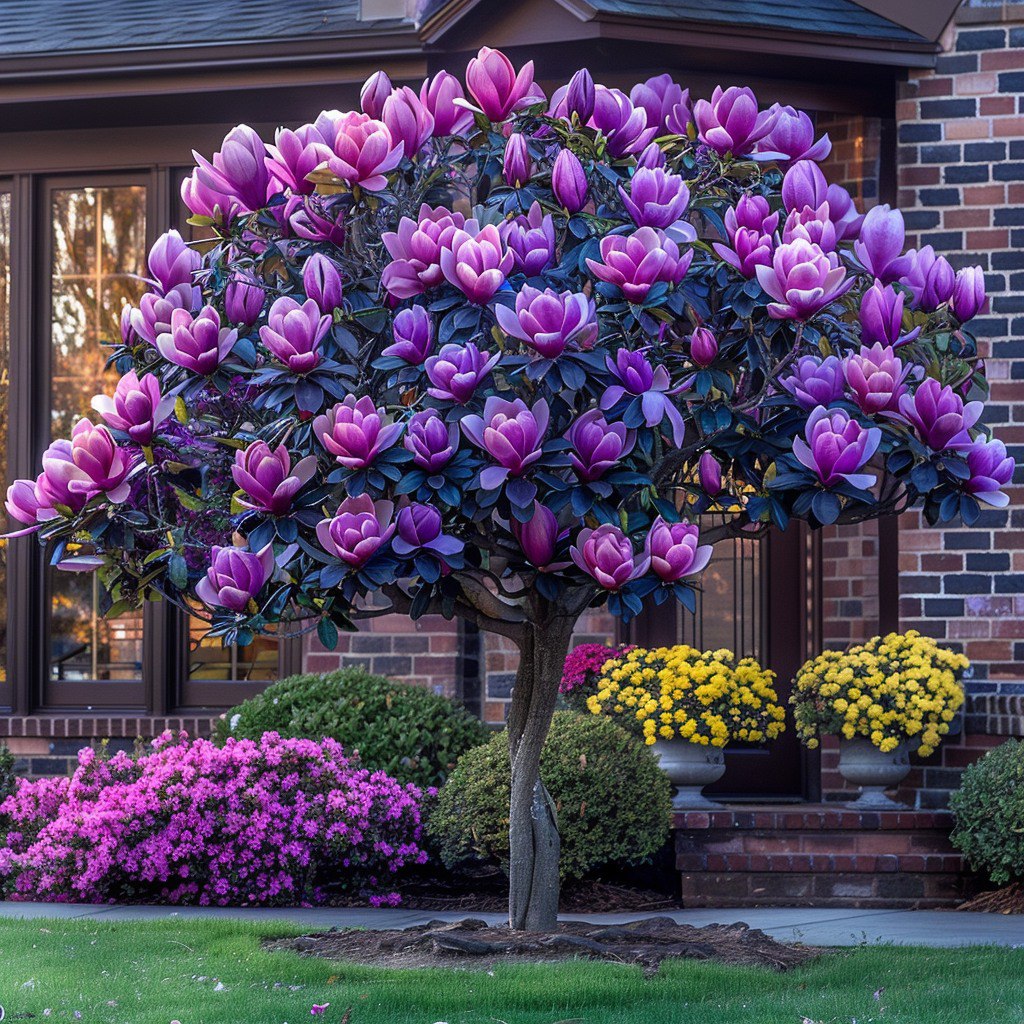
Preparing the Seeds: The Art of Stratification
Much like artifacts requiring restoration, magnolia seeds often require a period of cold treatment known as stratification to germinate effectively. This mimics their natural circumstances, where winter serves as a time of dormancy before spring invites renewal. To stratify the seeds, you’ll want to chill them in a bag with moist peat moss inside your refrigerator for about 30 to 90 days. Imagine this step as preparing a fine wine: letting it rest enhances the flavors and textures, making the experience all the more rewarding.
Understanding the Importance of Stratification
Magnolia seeds have a natural mechanism that prevents them from germinating too quickly. This is an evolutionary adaptation that ensures the seedlings emerge at the most opportune time, when conditions are ideal for their survival.
- The cold, moist treatment of stratification helps to break down the seed’s natural dormancy, allowing it to germinate when planted.
- Without this crucial step, the seeds may not sprout at all or may do so in an erratic and unpredictable manner.
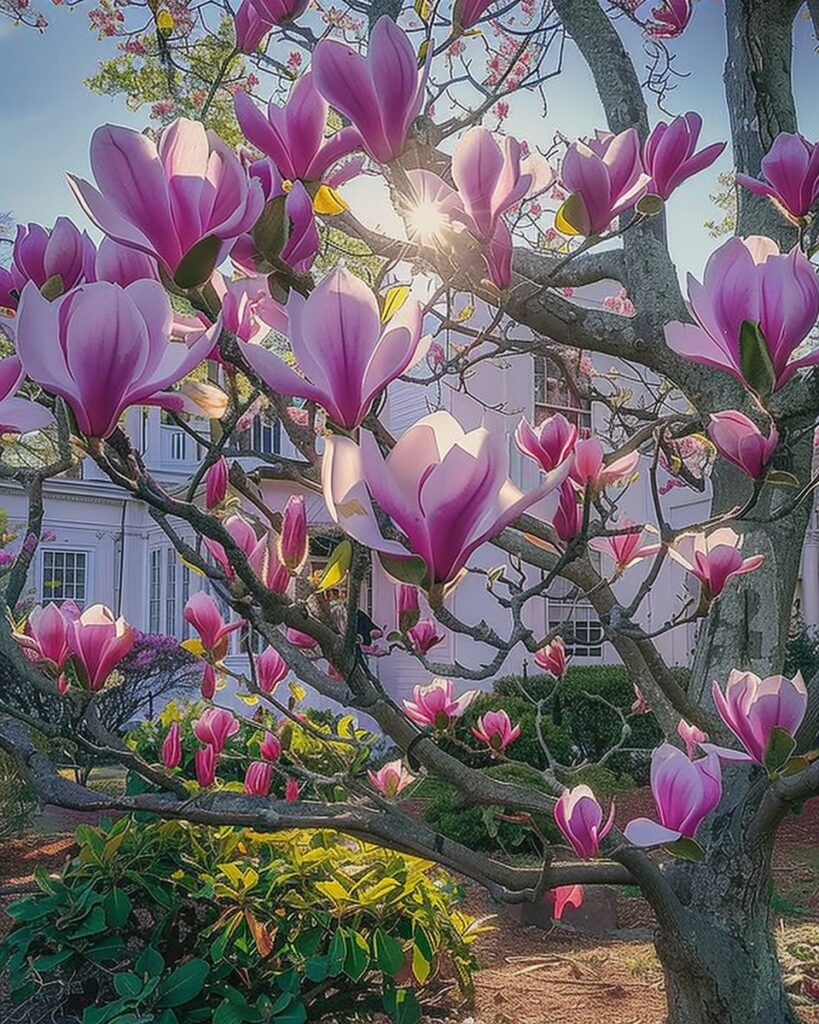
The Stratification Process
To stratify your magnolia seeds, follow these steps:
- Prepare a sealable plastic bag or container and line it with a layer of moist peat moss or vermiculite.
- Gently place the magnolia seeds into the bag, ensuring they are in contact with the moist growing medium.
- Seal the bag or container and place it in the refrigerator, maintaining a temperature between 32°F and 41°F (0°C to 5°C) for 30 to 90 days.
- Check the bag periodically to ensure the growing medium remains moist but not waterlogged.
- After the stratification period, the seeds should be ready for planting.
Monitoring and Adjusting the Stratification Process
Pay close attention to the seeds during the stratification period, as the duration may need to be adjusted based on your specific climate and the seed’s response.
- If the seeds begin to sprout before the recommended time, you can proceed with planting them.
- If the seeds show no signs of germination after the maximum recommended time, they may require additional stratification or may not be viable.
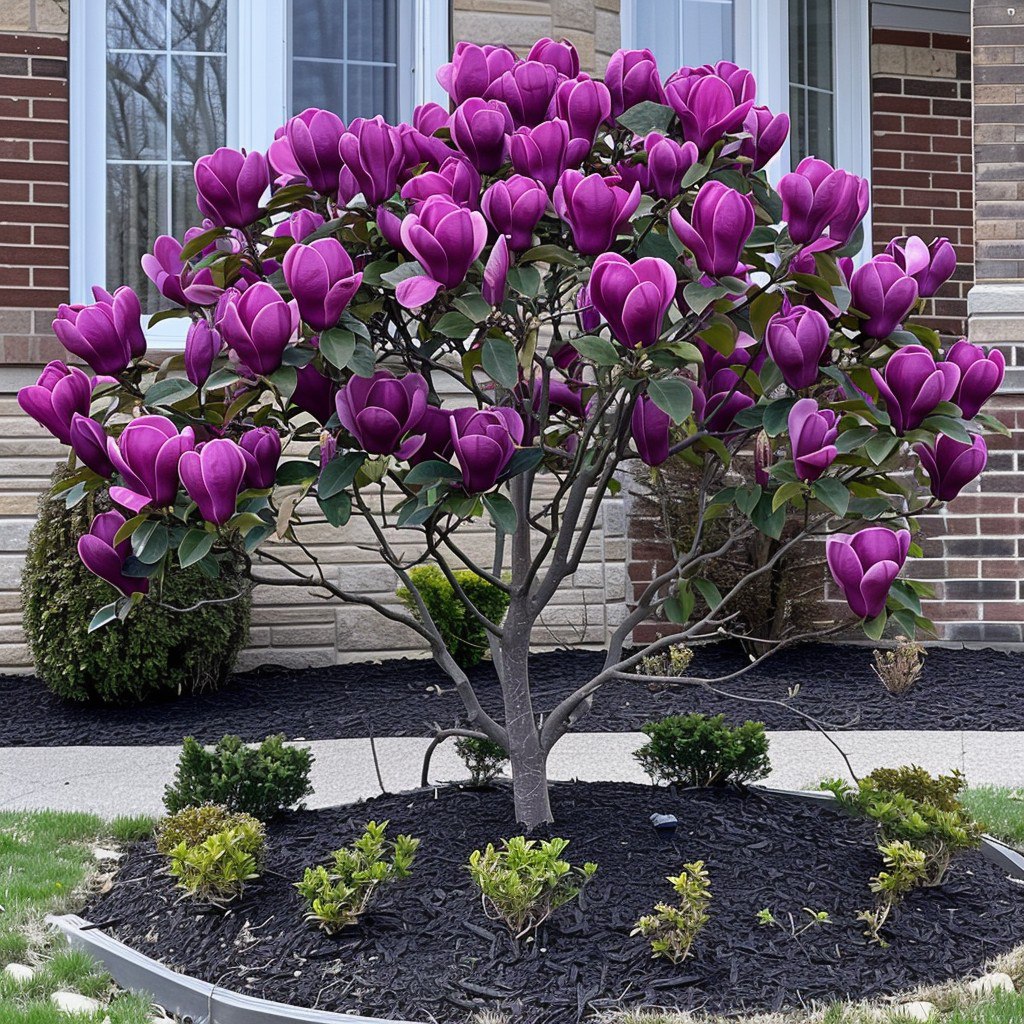
Planting Your Seeds: Crafting the Perfect Environment
Once the seeds have endured their chilly slumber, it’s time to plant them in well-draining soil enriched with organic matter. Position the seeds about one inch deep and space them adequately to give each sapling room to flourish. Keep the soil consistently moist but not soggy; think of it as nurturing a delicate relationship—with just enough attention, but not so much that it feels smothered.
Selecting the Right Planting Medium
Choose a well-draining, nutrient-rich soil mix that will provide the ideal conditions for your magnolia seeds to thrive. A blend of compost, peat moss, and sand or perlite can create the perfect balance of moisture retention and aeration.
- Avoid heavy, clay-based soils, as they can become waterlogged and suffocate the delicate seedlings.
- Consider adding a small amount of slow-release fertilizer to the planting mix to give the young trees a nutritional boost.
Planting Depth and Spacing
When it comes to planting the magnolia seeds, depth and spacing are crucial factors. Plant the seeds about one inch deep, ensuring they are covered with soil but not buried too deeply.
- Space the seeds several inches apart to allow each seedling ample room to grow without competition for resources.
- This will help prevent overcrowding and ensure the young trees can develop strong, healthy root systems.
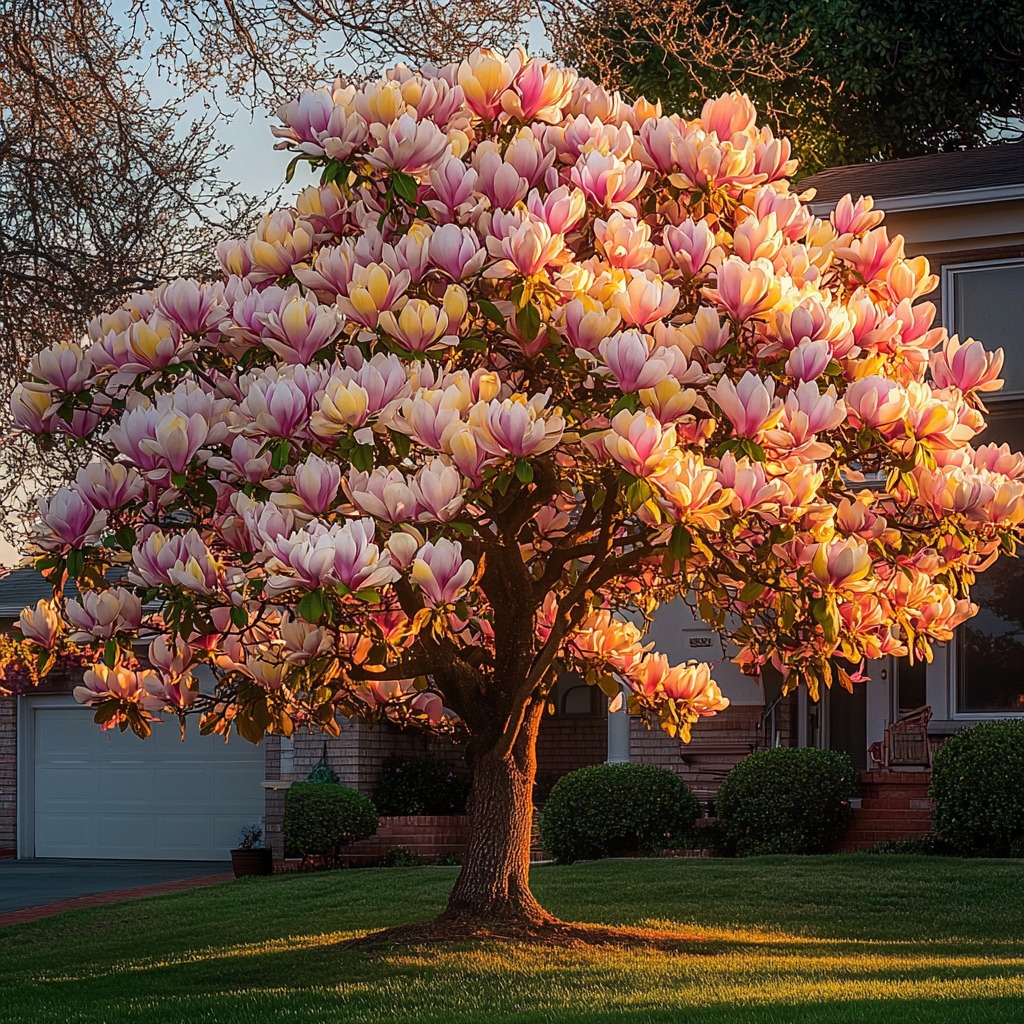
Maintaining Consistent Moisture
Keeping the soil consistently moist, but not waterlogged, is essential for the successful germination and growth of your magnolia seedlings.
- Use a gentle misting or watering method to avoid disturbing the delicate seeds and young sprouts.
- Avoid letting the soil dry out completely, as this can cause the seeds to fail or the seedlings to wilt and die.
- Monitor the soil moisture regularly and adjust your watering schedule as needed to maintain the ideal conditions.
Nurturing Growth: Watching Nature Unfold
As the seeds germinate, patience becomes vital—a quality familiar to many gardeners. In ideal conditions, you may notice sprouting within 4 to 12 weeks. At this phase, ensuring they receive adequate sunlight (but avoiding harsh, direct rays) adds another layer to their growth narrative. Consider the symbolism: every tiny sprout signifies hope and resilience, reminding us that beauty often emerges from periods of stillness and darkness.
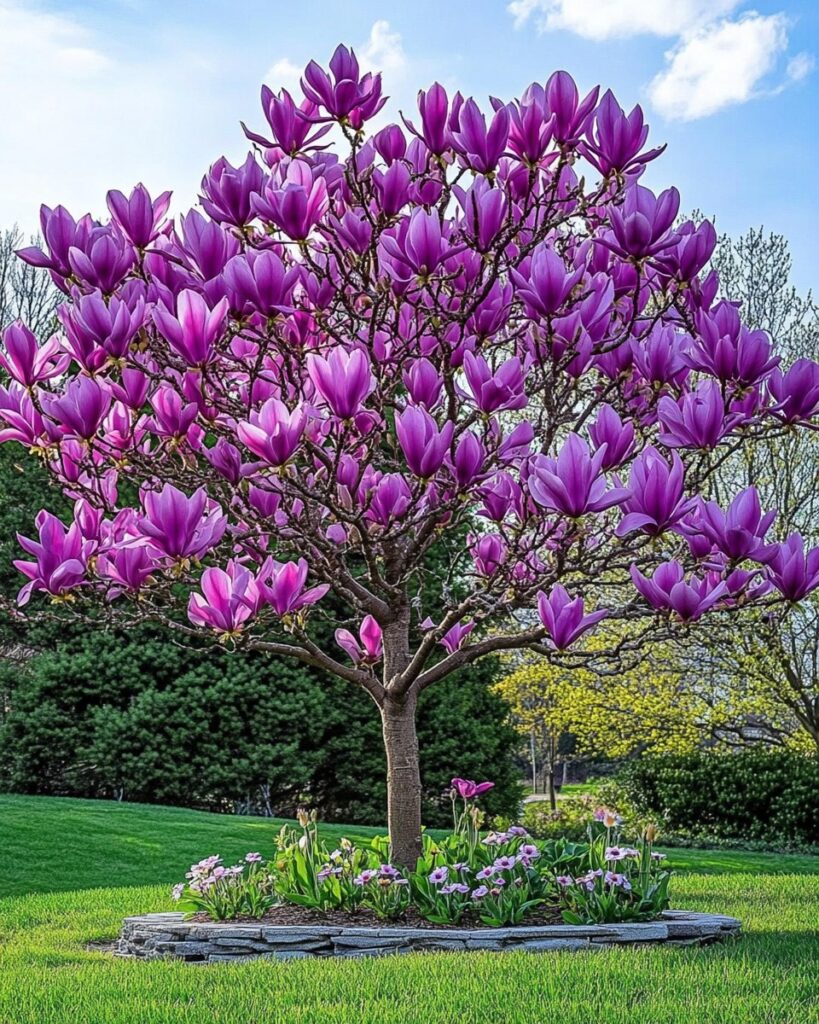
Monitoring Germination and Seedling Emergence
Keep a close eye on your planted magnolia seeds, as the germination process can take several weeks to several months, depending on the specific conditions.
- Be patient and resist the urge to dig up the seeds to check on their progress, as this can damage the delicate roots and hinder their growth.
- Once you notice the first signs of sprouting, celebrate this milestone and continue to provide the necessary care for the seedlings.
Providing Appropriate Lighting Conditions
Magnolia trees thrive in environments with partial shade to full sun, depending on the species and your local climate.
- In the early stages of growth, your magnolia seedlings will benefit from bright, indirect light. Avoid exposing them to direct, harsh sunlight, as this can scorch the tender leaves.
- As the trees mature, you can gradually introduce them to more direct sunlight, but be mindful of their needs and adjust the lighting accordingly.
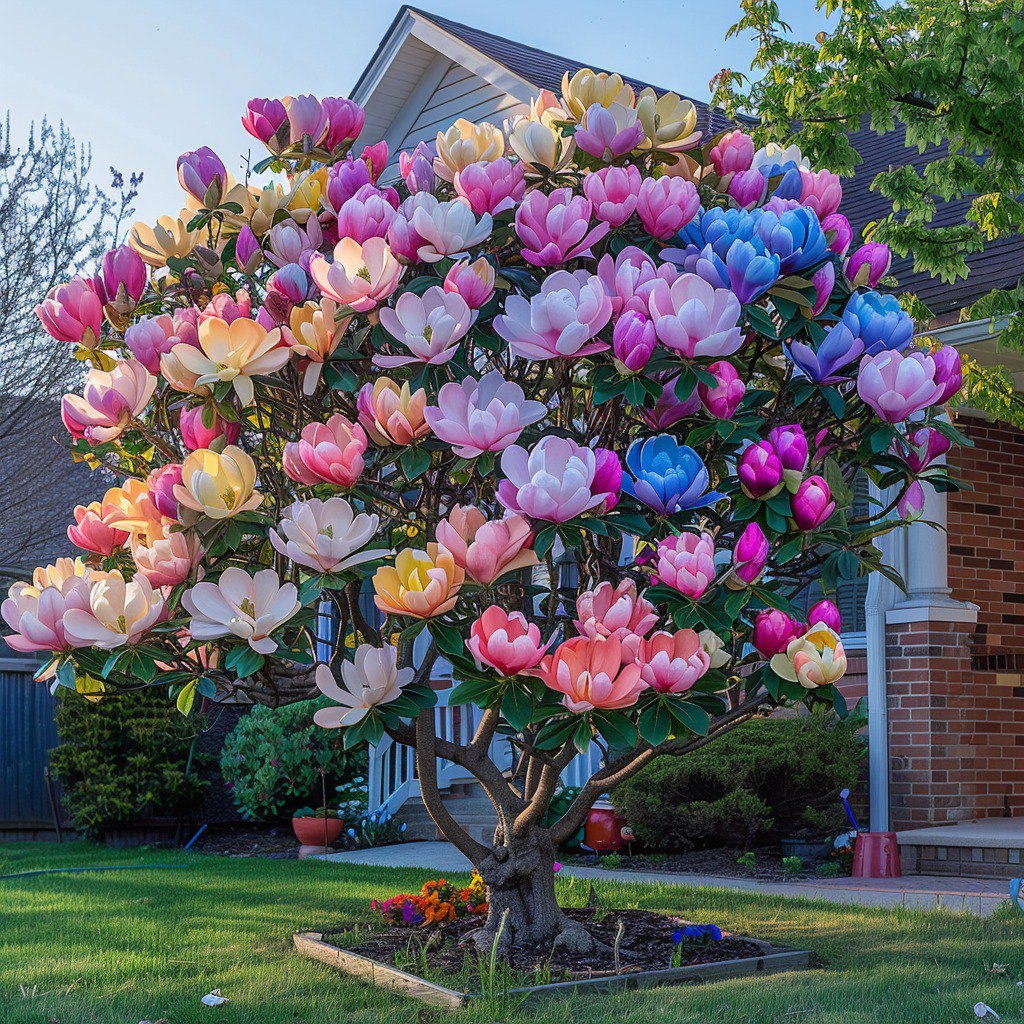
Addressing Pest and Disease Concerns
Vigilance is key when it comes to protecting your magnolia seedlings from pests and diseases. Keep a watchful eye for any signs of trouble, such as discolored leaves, wilting, or the presence of insects.
- Employ organic, environmentally friendly methods to deter and eliminate any potential issues, such as using neem oil or introducing beneficial insects.
- If you encounter persistent problems, consult with a local horticulturist or Master Gardener for personalized advice and guidance.
From Seedling to Sapling: Transfer and Care
When your seedlings reach a healthy height of several inches, usually after a couple of months, you can transplant them into larger containers or directly into your garden. At this juncture, the nurturing continues—protect them from pests and extreme weather until they’ve established themselves firmly in their new home. This sentiment resonates with how we nurture relationships and aspirations: often needing support and protection before they can stand on their own.
Transplanting to Larger Containers
Once your magnolia seedlings have grown several inches tall and developed a robust root system, it’s time to transplant them into larger containers.
- Choose a well-draining potting mix and a container that is several inches wider and deeper than the current root system.
- Gently remove the seedling from its original container, taking care not to damage the roots, and plant it in the new, larger container.
- Water the transplanted seedling thoroughly and continue to monitor the soil moisture, adjusting your watering schedule as needed.
Planting in the Garden
When your magnolia seedlings have reached a suitable size and the weather conditions are favorable, you can transplant them directly into your garden.
- Select a spot in your landscape that provides the appropriate sunlight and soil conditions for your magnolia species.
- Dig a hole that is slightly larger than the root ball and plant the seedling at the same depth it was growing in the container.
- Water the newly planted tree thoroughly and apply a layer of mulch around the base to help retain soil moisture and suppress weeds.
Ongoing Care and Protection
Even after your magnolia tree is established in its new home, it will require continued care and protection to ensure its healthy growth and development.
- Monitor the tree for signs of pests or diseases, and address any issues promptly.
- Protect the young tree from extreme weather conditions, such as harsh winds, frosts, or heat waves, by providing temporary shielding or watering as needed.
- Fertilize the tree annually with a slow-release, balanced fertilizer to support its nutrient needs.
Reflecting on the Journey: Implications Beyond the Garden
Setting forth on the journey of growing a magnolia tree instills profound lessons about patience, perseverance, and the beauty inherent in life cycles. As these trees mature over the years, witnessing their grand blooms unfold becomes a personal testament to the investment made in nurturing life. Additionally, planting magnolias not only contributes to local biodiversity but also provides a sanctuary for birds and pollinators. Envision a future where each bloom translates into a cascade of colors and fragrances, creating a vibrant environment where nature and humanity coexist harmoniously. In essence, learning how to grow a magnolia tree from seed reflects more than just the act of gardening; it symbolizes a commitment to cultivating beauty and connection, both in our gardens and in ourselves.
Conclusion
Growing a magnolia tree from seed is a rewarding and enriching experience that connects us to the natural world in profound ways. By understanding the unique characteristics of magnolia seeds, mastering the art of stratification, and providing the right conditions for growth, gardeners can witness the transformation from a tiny seed to a majestic tree. This journey not only enhances our gardens but also teaches us valuable lessons about patience, resilience, and the intricate cycles of life. As we nurture these botanical wonders, we cultivate a deeper appreciation for the natural world and our role in fostering its beauty and vitality. Whether you’re a seasoned gardener or a curious beginner, embarking on the adventure of growing a magnolia tree from seed is a journey that will leave a lasting impact on your life and your landscape.
